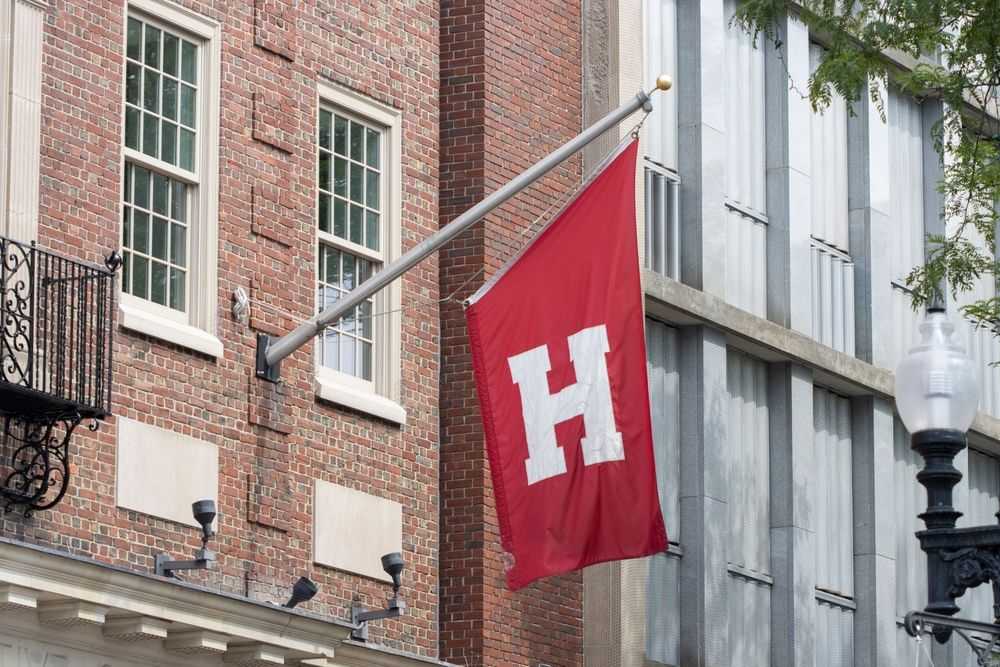Home>The “Fatal Blow” to Affirmative Action by the US Supreme Court

10.07.2023
The “Fatal Blow” to Affirmative Action by the US Supreme Court
The recent Supreme Court decision, Students for Fair Admissions, Inc. Petitioner v. President of Harvard College/University of North Carolina (June 29, 2023) overturned long-standing case law dating back to the 1978 Bakke decision.
The Bakke decision was complex: it pitted one group of judges favorable to affirmative action against another group opposed to it, and it was based on the majority decision—a compromise—of a single judge, Justice Powell. Powell rejected the use of quotas for the admission of university students from ethnic minorities, without excluding the restricted use of certain ethno-racial criteria. For Justice Powell, the question was not about remedying past discriminations by favoring the admission of under-represented minority students to elite universities. It was enough to “tip the balance” in their favor, to give them a “plus”, in the name of an innovative principle: the diversity of the students’ population. This principle, enshrined in subsequent rulings, risked violating another much more fundamental principle: the Equal Protection Clause of the 14 th Amendment, ratified in 1868. The latter principle, as interpreted by the courts, guaranteed that the laws of the states would equally apply to all, and that both Blacks and Whites would be treated in the same way. In short, it prohibited all racial hierarchies, all caste systems and all distinctions between dominant and dominated classes of citizens. From that perspective, the American Constitution was, theoretically, “indifferent” to skin color; it was literally “color-blind.”
The Bakke decision allowed exceptions to this founding principle—the possibility of taking race into account—but on one condition: the “strict scrutiny” of admissions policies designed to encourage the diversification of the student body. Justice Roberts, the author of the majority opinion considered here, pointed out that references to ethno-racial criteria had always been considered “suspect,” “dangerous” and even “odious” by American tribunals. It would nevertheless be acceptable if “strict scrutiny” was indeed applied and designed to “further compelling government interests.” And yet, Roberts claimed that such strict scrutiny was impossible to achieve, given the vagueness, confusion, and lack of “standards” used to define the so-called diversity of the student body. Mixing irony with sarcasm, Justice Roberts questioned the educational benefits of diversity in Bakke and its sequel.
What is the significance of the “plus” invoked by Justice Powell? According to Roberts, college admissions is not a zero-sum game. What is a plus for some applicants can become a “negative factor” for others in existing university admission programs. As argued by a First Circuit Court, approvingly cited by Roberts, “Harvard’s policy of considering applicants’ race… overall results in fewer Asian American and white students being admitted.”
Roberts did not close all doors to the use of ethno-racial criteria. Race may be mentioned in admission files, if it is combined with considerations related to the applicant’s individual character and merit, and his or her ability to overcome handicaps, including those of an ethno-racial nature. Justice Sotomayor, in a strong dissenting opinion, made no secret of her skepticism. “No one is fooled,” she argued, the permitted reference to race is cosmetic, akin to “putting lipstick on a pig,” and serves only to disguise the fact that there is a genuine reversal of case law (a word never uttered by Roberts).
Behind this conflict of interpretation lies another conflict of a philosophical nature about the construction of an individual’s identity. For Roberts, individual freedom takes precedence over group membership; the individual is self-made and the color of the individual’s skin cannot be the “touchstone” of his or her identity. For Sotomayor, on the contrary, a person’s character is inseparable from their own ethno-racial group, and from the reality of a life subjected to different forms of stereotypes, injuries, and discriminations. She cites the testimonies of American, Mexican, and Vietnamese students of color, for whom race is, indeed, “at the core of their identity.”
What are the likely effects of the Supreme Court’s conservative turn? Tutoring and admissions consultants have a bright future ahead of them. But in the more distant future the DEI (Diversity, Equity, Inclusion) industry is under threat. What is the point of defending and institutionalizing “diversity” if it is challenged by the courts? The lobby of DEI administrators is powerful, with a national association of over 10,000 members, but it is vulnerable today because its legitimacy is in question. This could also have an impact on companies’ HR departments, which are increasingly using and applying DEI’s values to recruiting and training programs. Anticipating future lawsuits, human resources departments are likely to limit their antidiscrimination policies, until they develop new forms of affirmative action, based on non-racial criteria.
Cover picture: Harvard University flag in front of the Harvard Cooperative Society (Coop), Cambridge university campus, Massachusetts. © Tada Images for Shutterstock.
(credits: Tada Images pour Shutterstock.)
Follow us
Contact us
Media Contact
Coralie Meyer
Phone : +33 (0)1 58 71 70 85
coralie.meyer@sciencespo.fr
Corinne Deloy
Phone : +33 (0)1 58 71 70 68
corinne.deloy@sciencespo.fr
